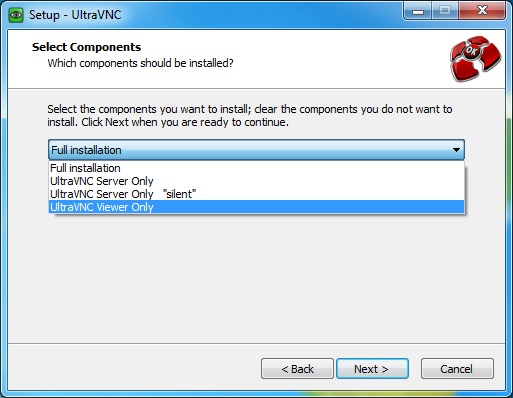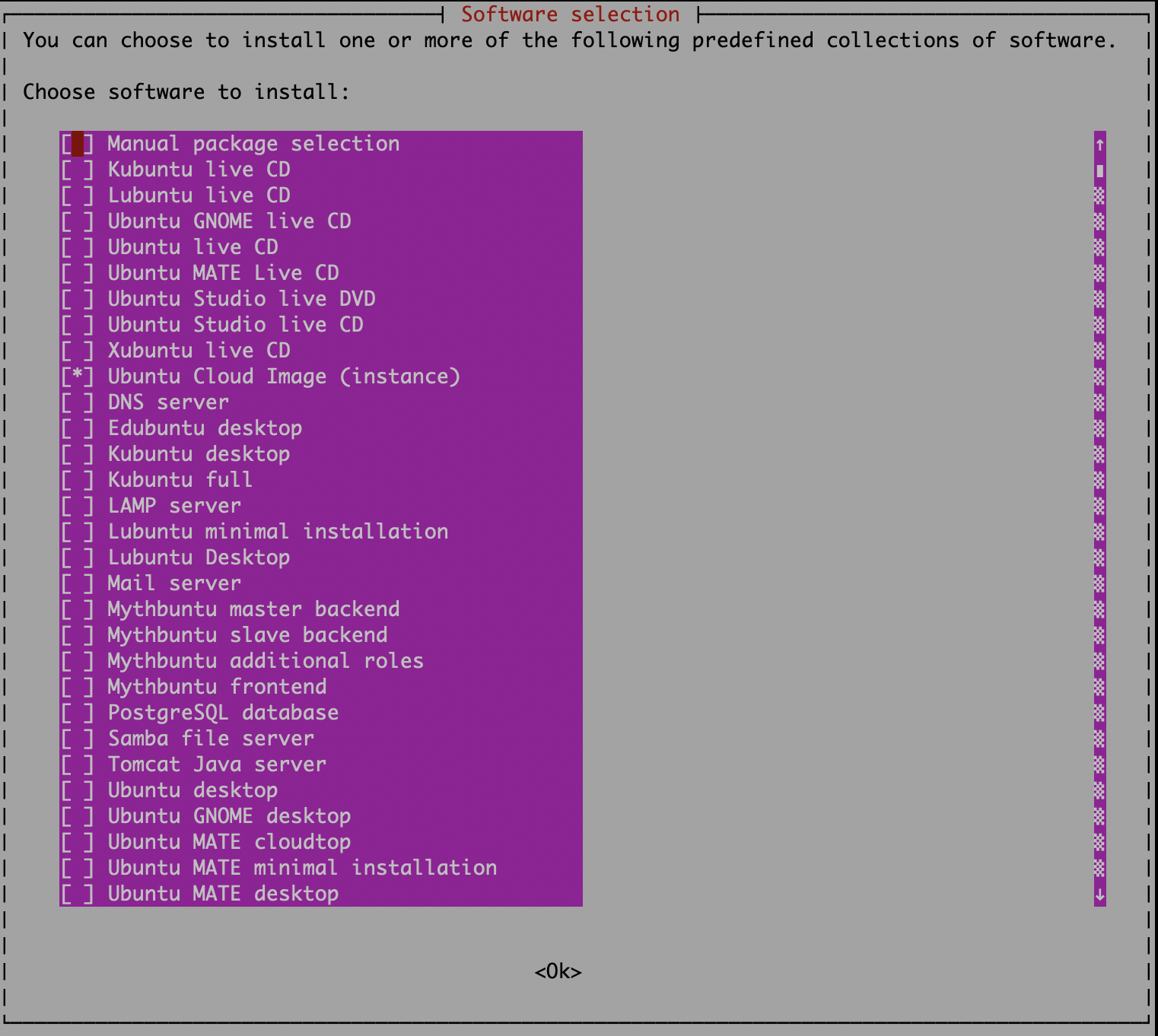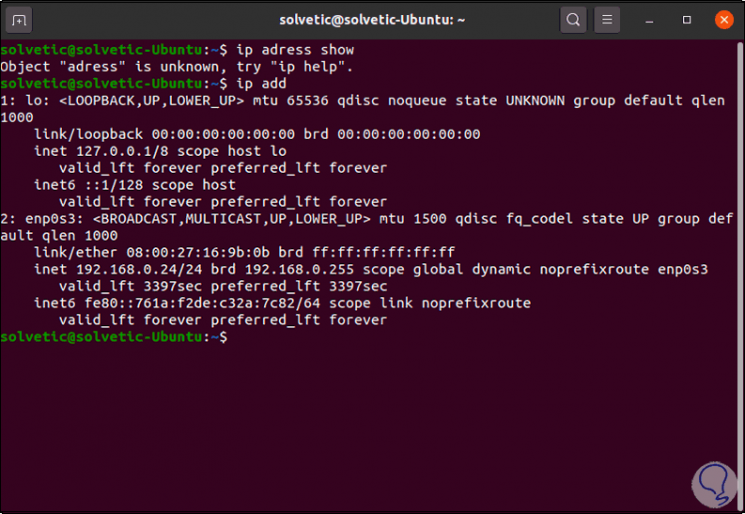

$ sudo systemctl enable use a VNC viewer to take the shared desktop. $ sudo systemctl start it on system startup as root. :~$ nano /home/raj/.vnc/xstartupĭelete all the existing entries and place the below lines into the file. Now, Edit the xstartup file to start Xfce desktop in VNC. Starting applications specified in /home/raj/.vnc/xstartup New ':1 (raj)' desktop is :1Ĭreating default startup script /home/raj/.vnc/xstartup Xauth: file /home/raj/.Xauthority does not exist You will require a password to access your desktops. Start VNC server as user “raj” :~$ vncserver Reload the systemctl daemon as root $ sudo systemctl daemon-reload #ExecStartPre=/usr/bin/vncserver -kill %i > /dev/null 2>&1ĮxecStart=/usr/bin/vncserver -depth 24 -geometry 1024x768 %i ĭescription=Start TightVNC server at startup To connect, you can use the standard format ipaddress:sub-port ( 192.168.2.109:5 or 192.168.2.109:5905) $ sudo nano with your real user. VNC server listens on port 5900, but if you plan to setup port-offset in VNC we can run a VNC service on a sub-port of the default port 5900.įor example, if we configure VNC for port 5, the desktop will be accessible on port 5905. Install the VNC server using the following command. Once it is installed, set password for VNC as follows.As you know, VNC is a protocol that allows sharing the desktop and controlled remotely over the internet. This simple guide helps you to install VNC on Ubuntu 16.04 machines.īefore installing the VNC server, let us install Xfce desktop. Processing triggers for man-db (2.7.6.1-2). Vide /usr/bin/vncconfig (vncconfig) in auto mode Update-alternatives: using /usr/bin/vnc4config to pro Update-alternatives: using /usr/bin/vnc4passwd to provide /usr/bin/vncpasswd (vncpasswd) in auto mode The following NEW packages will be installed:Ġ upgraded, 2 newly installed, 0 to remove and 42 not upgraded.Īfter this operation, 5,515 kB of additional disk space will be used. Ubuntu 16. The following additional packages will be installed:

Lets begin with the installation of the VNC server package on your Ubuntu machine by running the following command.

In this tutorial, we will be setting up VNC on a Ubuntu 17.04. So, we need to create a new user and add it to the sudo group for root access.

For this guide, the VNC desktop will be available for a non-root user. It makes management of files, software and settings on a remote server easy for users who find command interface little hard. Update your Ubuntu repository, then upgrade your system using the apt commands below. VNC or ' Virtual Network Computing' server is a software is used to control and operate client machines which are connected to the same network, VNC is the graphical desktop sharing application used to control another computer.


 0 kommentar(er)
0 kommentar(er)
